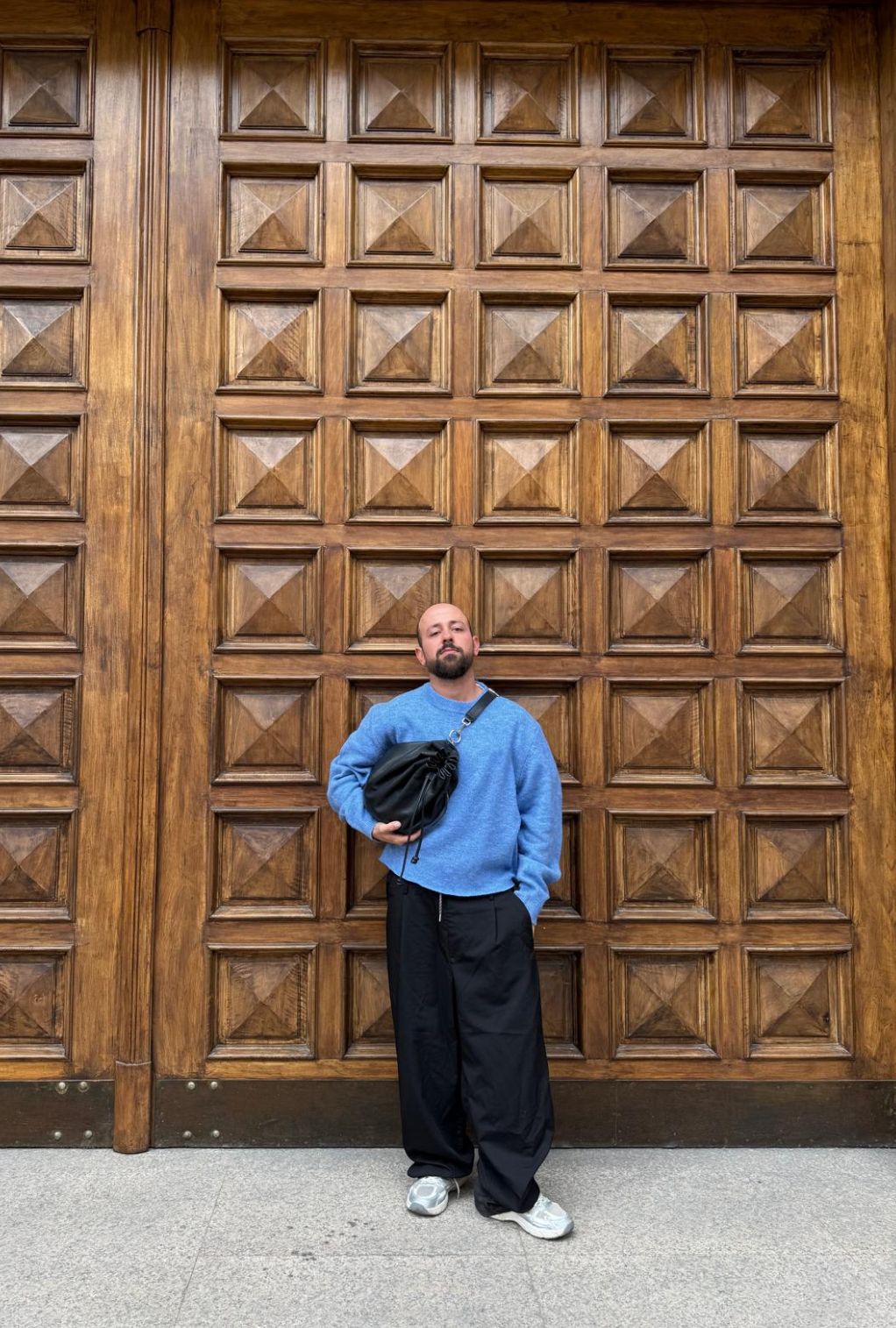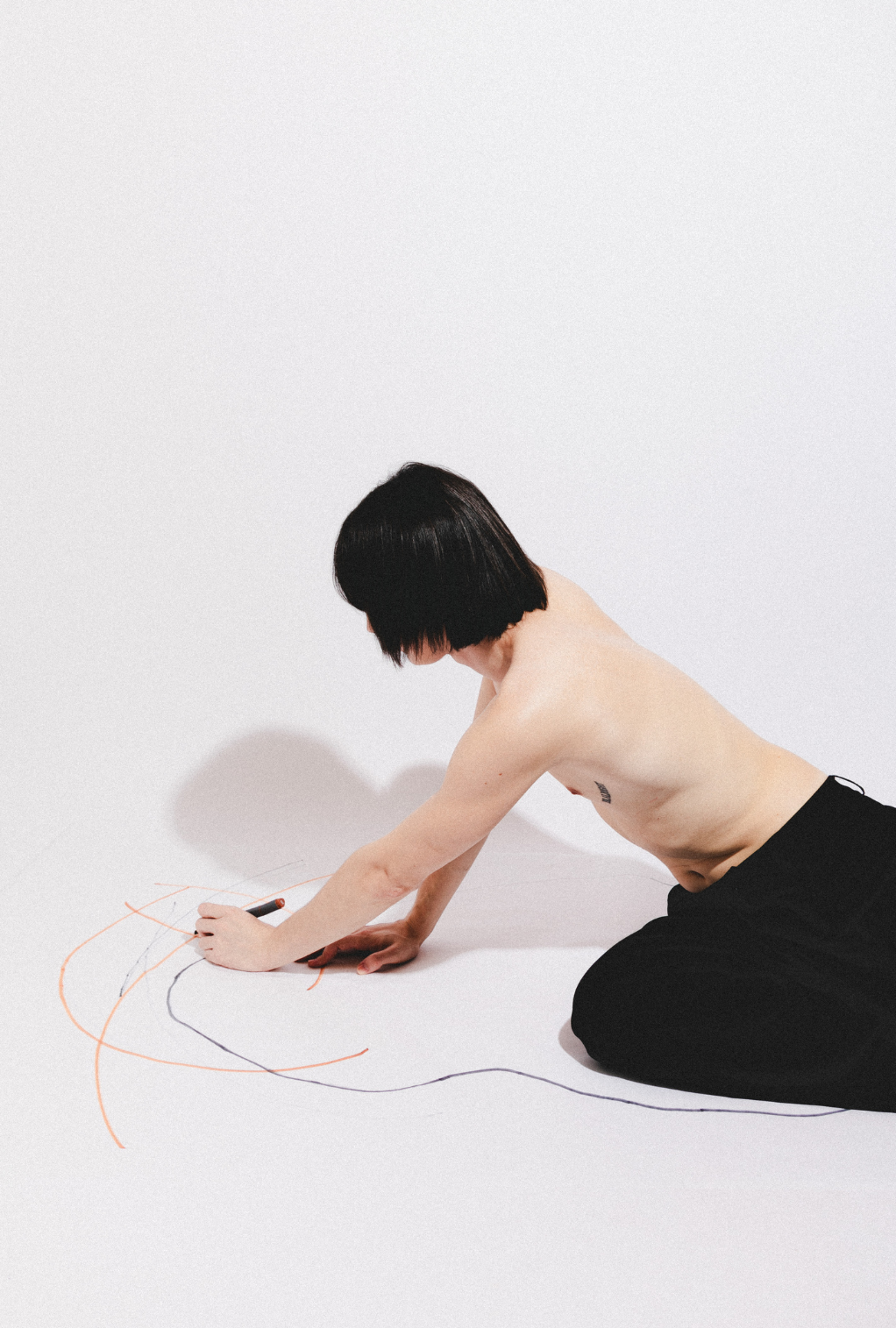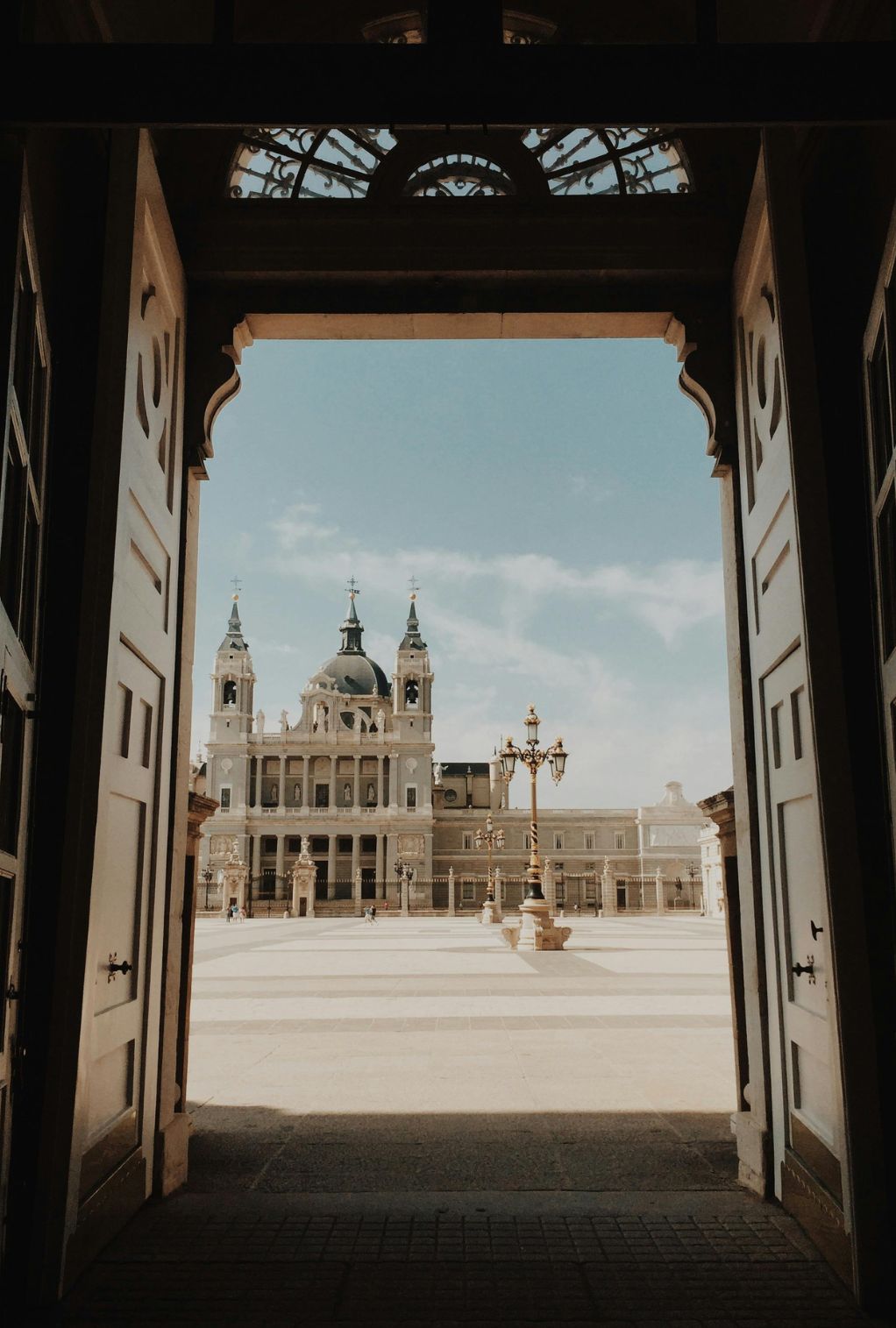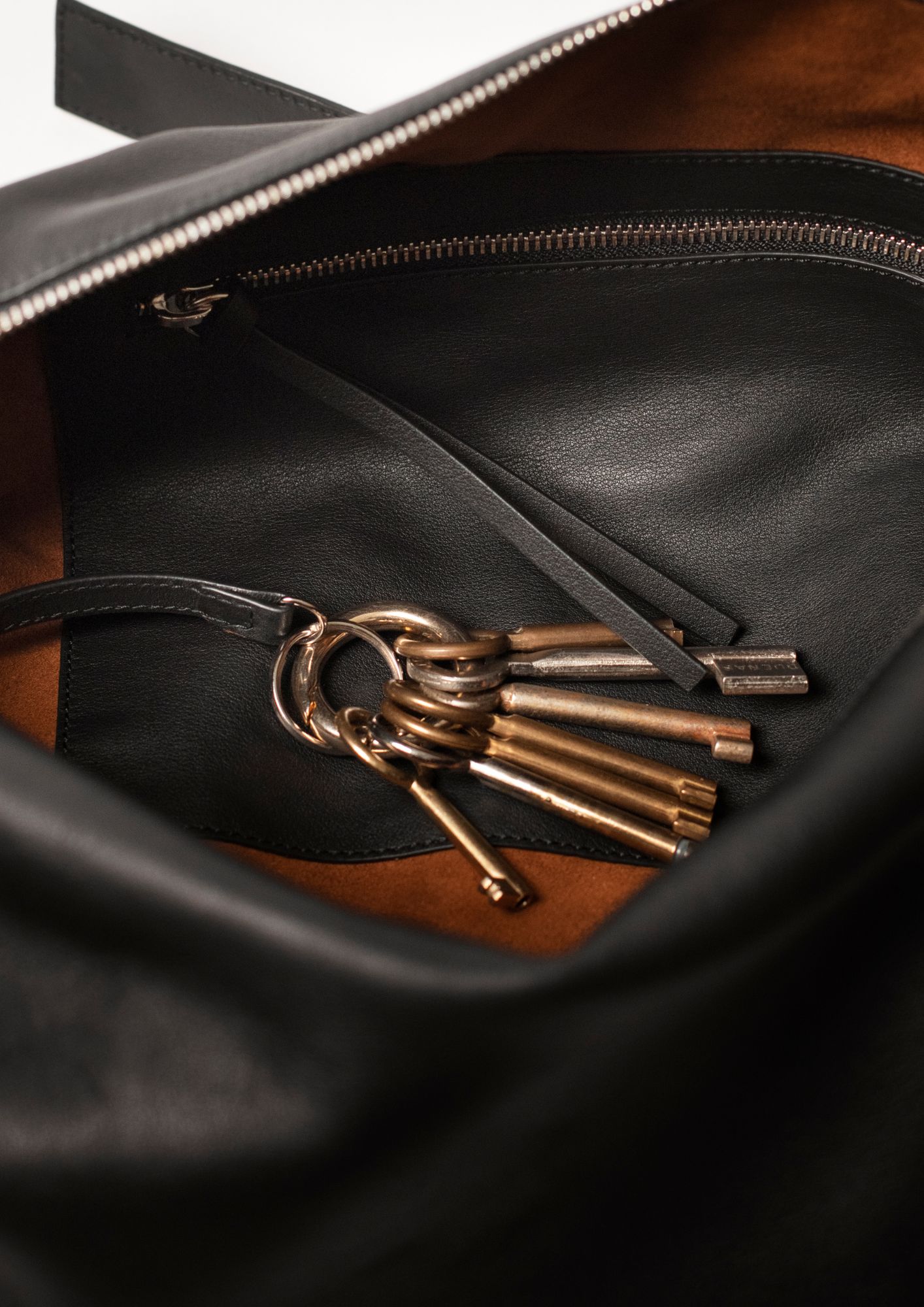
That experience, so banal in appearance, made me understand that a bag is not measured by how it looks, but by how it endures.
Some time later, in Ubrique, cradle of leather craftsmanship, I heard a phrase: “a bag dies by its fittings.” And in that phrase lies an entire philosophy. Because quality is not only in the softest leather, but in the small details: the solidity of a clasp, the precision of a stitch, the coherence of a design that withstands the passage of time.
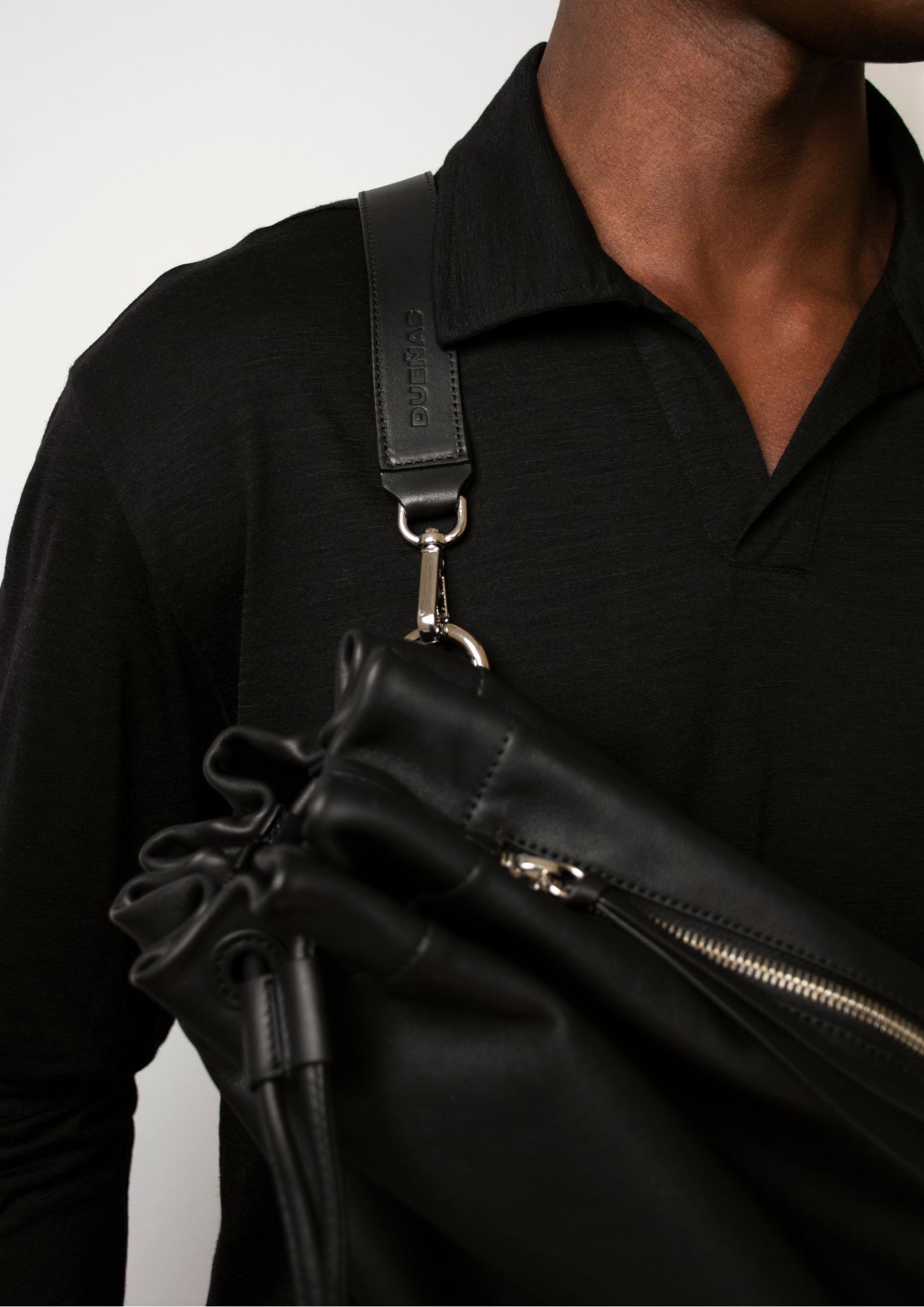
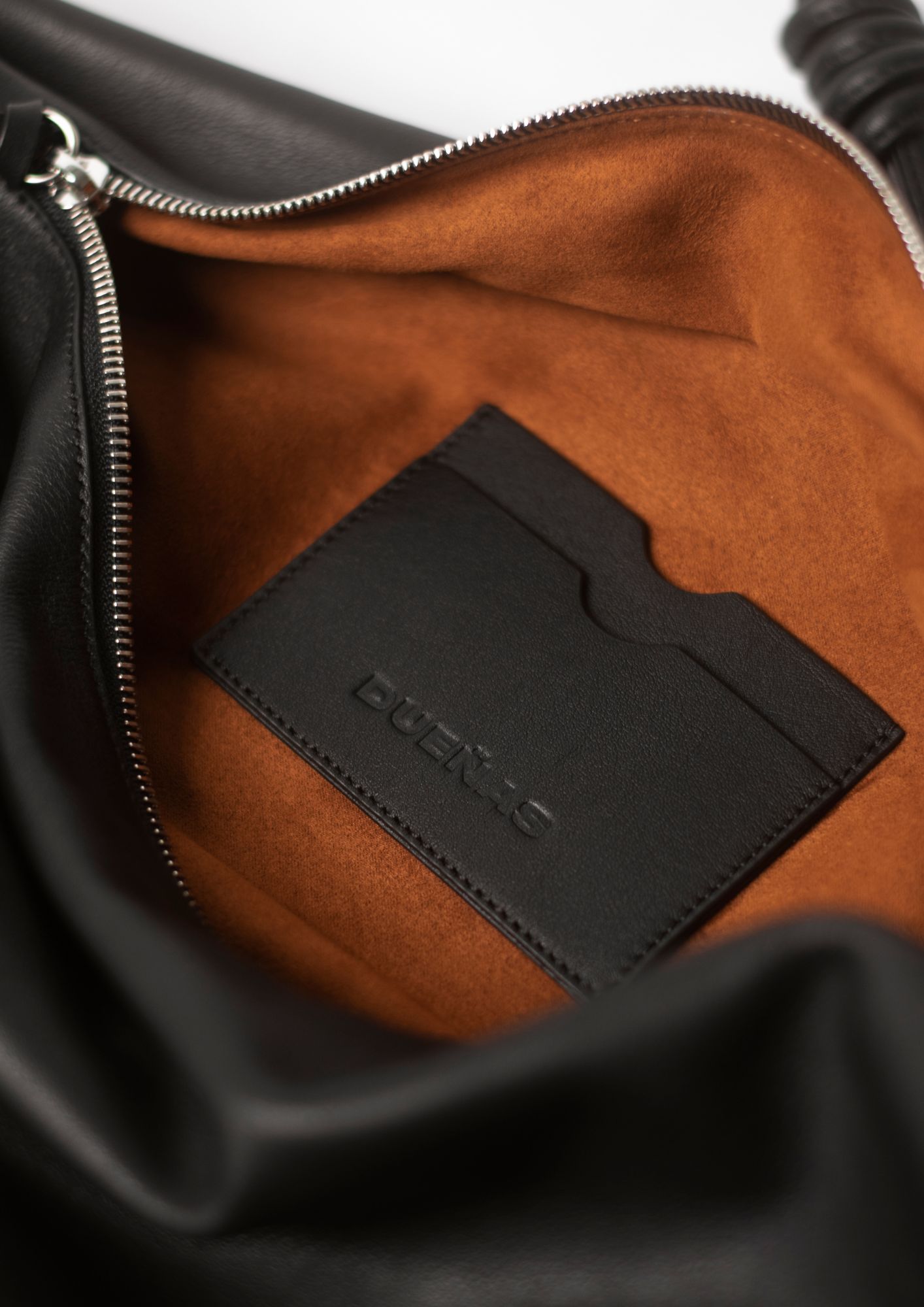
In a society accustomed to immediacy, handbags have become a mirror of how we consume. Fast fashion offers instant gratification: excessive dopamine release, easy sparkle, accessible prices, promises of trends. But its fragility is also ours: pieces designed to last just enough, to accompany us for a few photos and then vanish.
Against that, a quality bag is an act of resistance. It doesn’t seek to please everyone: it builds identity in silence. An authentic bag is recognized by its ability to transform with us. The material that ages with dignity, that tells stories in every mark. The weight that conveys security. The impeccable stitching that reveals patience in a world that rewards haste. And, above all, the narrative that comes with it: who made it, where, under which values. That story is today a greater luxury than any logo. Choosing quality is not only an aesthetic gesture; it is an ethical and cultural stance. It is educating our gaze to the importance of what endures.
It is understanding that less can be more when what we have holds memory. Because a well-made bag does not die with trends: it survives them, becoming a travel companion, an archive of our daily life, a silent heritage that one day will tell our story better than any photograph.
In the end, handbags are more than accessories. They speak of how we live time, of the value we give to things, of how we want to relate to the world; they speak of us. And perhaps that is the lesson: it is not only about choosing a bag, but about deciding who we want to be when we carry it.
In the end, it is not about having many bags, but about choosing those that become part of your life.


